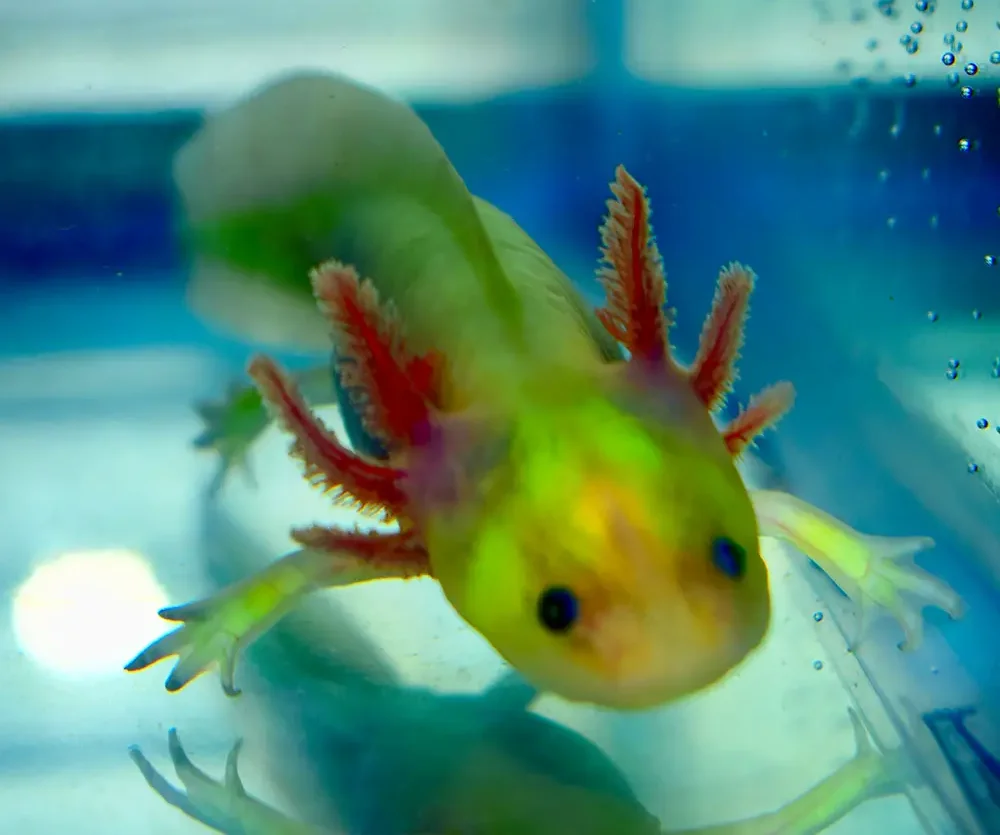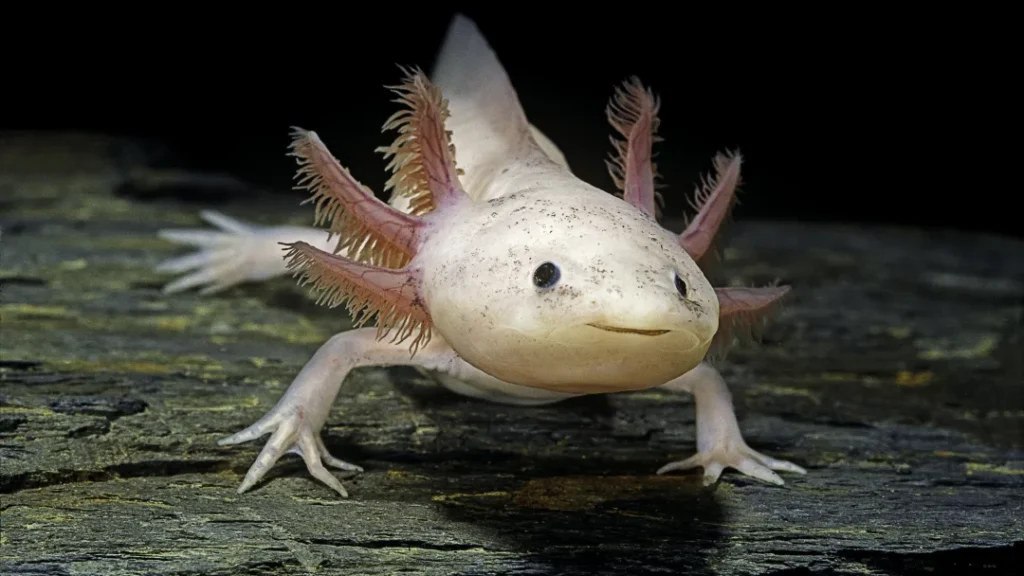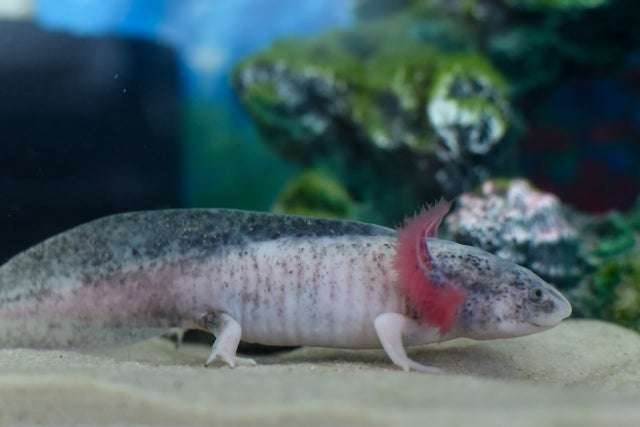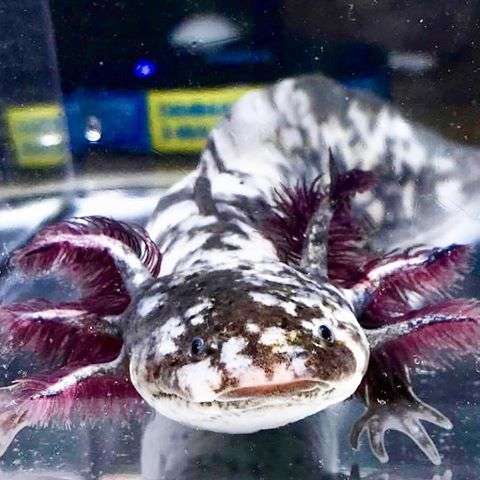
Description
These specific axolotl species are distinct from others because they have GFP genes in their bodies. In a lab setting, they are first exposed to this altered DNA protein. GFP axolotls were created in order to do research on the cancer cell regeneration process. Since that time, this gene has evolved into one that is recessive and is now carried from one generation to the next.
The protein makes them substantially more luminescent under any blue or UV rays. The albino versions typically share this GFP characteristic. Axolotls shine brighter the less pigment there is in their bodies. The craziest thing about it is that any axolotl morph can turn into a GFP morph. The axolotls that have GFP genetics are therefore thought to be unique enough.
Temperament
The behavioral characteristics of GFP axolotls are not significantly different from those of their common counterparts. They are suitable for residing in a residential tank due to their submissive and thoughtful behavior. Take a short glance at their behavioral traits below. They can engage with their owners after a few brief but frequent meetings, thus they are amiable enough.
They might exhibit cannibalistic behavior towards their own species, making a species-only tank the best place for them to live. Sometimes GFP axolotls may try to devour little fish that are simple to fit in their mouths. Male species have a propensity to chase females relatively frequently during breeding, which can result in overbreeding and the death of the female.
As Pet

Tank Size
To provide GFP axolotls in your home with the best care, you must use an appropriate tank configuration. It is crucial to pay closer attention to the tank’s size. You must have enough space in the tank you choose for your axolotl.
Your axolotl must have plenty space to swim around and hide if necessary. A single GFP axolotl can be kept in a tank that is 20 gallons in size. Even though it is not advised, if you wish to add more axolotls, you will need to add 2 additional gallons of capacity for each additional specimen to prevent any conflicts.
The tank lid must be present, though, as these axolotls have a propensity to jump off when startled. They might suffer injuries and have trouble breathing outside if they jump out of a tank, which could result in their demise.
Water Parameters
The tank’s water conditions are essential for the GFP axolotls. They are typically resilient enough. Therefore, they are easily tolerant of a wide pH range of 6.5-8. The optimal pH range is 7.4 to 7.6, though. The tank’s water temperature must be between 60 and 64 degrees Fahrenheit.
Additionally, the water in your axolotl’s tank must have an ammonia level of 0 ppm; anything higher than this could endanger the life of your pet. The axolotl’s tank’s nitrate concentration needs to be regulated between 2 and 40 ppm. It can be extremely poisonous to the health of your axolotl if this amount is exceeded.
If you are utilizing a decent filter, it is crucial to make 20% water changes once a week. However, if you are using tap water, think about applying a conditioner and changing your water more frequently.
Food & Diet
Feeding your axolotl doesn’t need much effort. A variety of meals are readily accepted by these carnivorous salamanders. However, you must provide them with wholesome, well-balanced foods that can support their general growth and development. Consequently, listed below are some typical things you can put in front of your GFP axolotl.
Snails
Worms
Small fish
Crustaceans
Brine Shrimp
Lean beef
Salmon fish pellets
It is preferable to refrain from feeding your axolotls fish and worms that you have caught yourself. There are instances where the food you are catching may contain parasites. Consequently, it would be savvier to make a different decision.
Table





